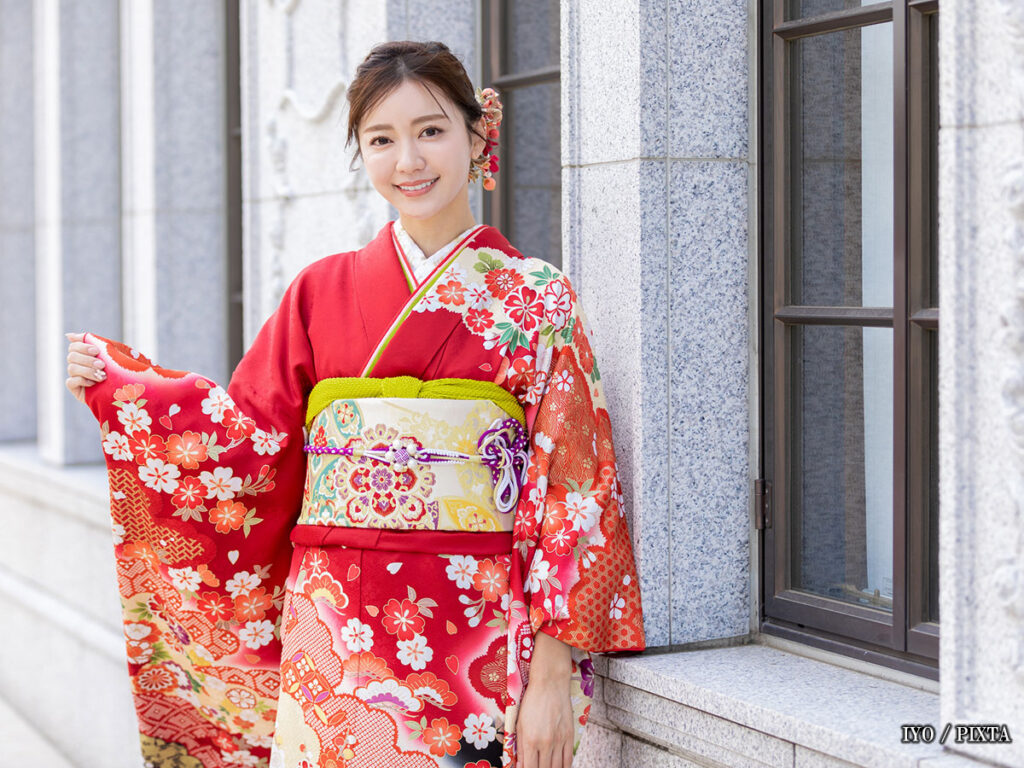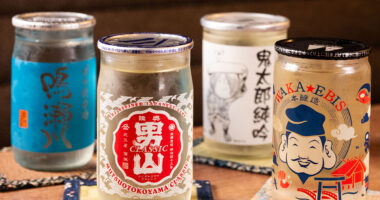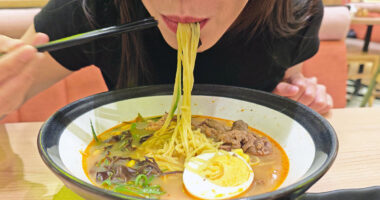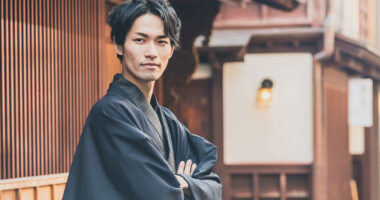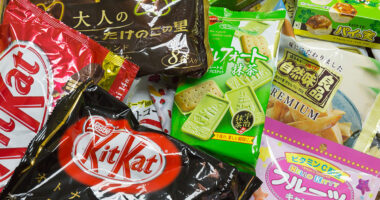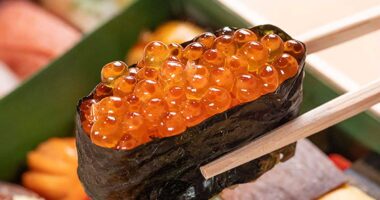Wearing a kimono is like stepping into a piece of living history. But if you’ve ever admired a kimono and thought, “Wow, I’d love to wear one, but it looks so complicated!” you’re not alone.
The good news? Whether for a fun stroll in the city or a formal wedding ceremony, dressing in a kimono doesn’t have to feel overwhelming. Once you understand the basic items involved, the process becomes much easier (and even fun!). So, let’s look at some basic items and their use to dress up in a kimono.
The Kimono: a work of art you can wear
First things first, the kimono itself. At its core, the kimono is a long, T-shaped robe with wide sleeves and a wrap-around design. But within that simple structure, there’s an entire world of style and meaning.
They are secured with an obi (kimono belt), a decorative sash that adds structure and elegance to the outfit. Eri (kimono collar) frames the neckline and adds elegance to the overall look. It sits close to the neck at the back while slightly open at the front for a graceful appearance.
Kimono styles vary based on formality, season, and occasion. A casual yukata (summer kimono) is perfect for summer festivals, while a formal furisode kimono with long, flowing sleeves is reserved for young, unmarried women attending special events. There are also traditional kimono types for men, like montsuki—but let’s not get ahead of ourselves.
For now, let’s focus on the basic pieces you need to put on a kimono properly.
Juban and hadajuban: the essential layers
Underneath a kimono, there’s an important layer called the juban (or nagajuban if it’s a full-length version). This is a thin under-kimono that protects the outer garment from sweat and body oils. Since many kimonos are expensive and delicate, the juban helps keep them in good condition. Tying everything together is the hadajuban, a lightweight cotton layer worn closest to the skin. It’s similar to an undershirt and keeps you comfortable, especially in warmer weather.
Now, before you start thinking, Wait, I have to wear all this just to get to the actual kimono?, remember that these layers help with both comfort and tradition. And once you get used to them, it all starts to feel quite natural!
Haori: the stylish jacket
A haori is a short kimono-style jacket that adds both warmth and flair. Traditionally worn by men, the haori became a popular item for women during the Edo period, offering a practical yet stylish layer. Unlike the kimono, a haori is left open, though it can be secured with a decorative cord called a haori-himo (kimono cord).
Haori jackets come in various styles, from plain and understated to vibrantly patterned. They’re a great way to add personality to a kimono or even to pair with modern clothing for a fusion look. Today, many people wear haori over Western outfits like jeans or dresses, blending tradition with contemporary fashion.
Hakama: traditional trousers with a samurai feel
If you’ve ever seen a samurai movie, you’ve probably noticed the wide-legged trousers called hakama. Traditionally worn by men, hakama were also part of formal wear for women—especially among students, teachers, and practitioners of martial arts like kendo and aikido. Typically, a hakama is tied at the waist with long straps and falls over the legs like a skirt or wide pants. It can be worn over a kimono, creating a structured and dignified silhouette. There are two main types:
- Umanori (divided): These have separate pant legs, resembling loose trousers.
- Andon bakama (undivided): These look more like a pleated skirt.
Women often wear hakama for graduation ceremonies, while men might wear them for formal events, tea ceremonies, or Shinto rituals. The structured pleats of a hakama add a sense of movement and grace, making it a striking addition to traditional attire.
The obi: the statement piece
If the kimono is the body, then the obi (kimono belt) is the soul. This sash wraps around the waist and secures the kimono. There are different types of obi, ranging from casual to formal, but the most common are:
- Fukuro obi: Formal, long, and often embroidered.
- Nagoya obi: A semi-formal, slightly shorter obi with a pre-folded design.
- Hanhaba obi: A casual, narrow obi, often used with yukata.
Tying an obi can be an art form in itself. There are dozens of ways to style it, from simple knots to elaborate bows, depending on the occasion. But if you’re new to kimono dressing, don’t worry—pre-tied obi exist to make things easier!
Obiage and obijime: the finishing touches
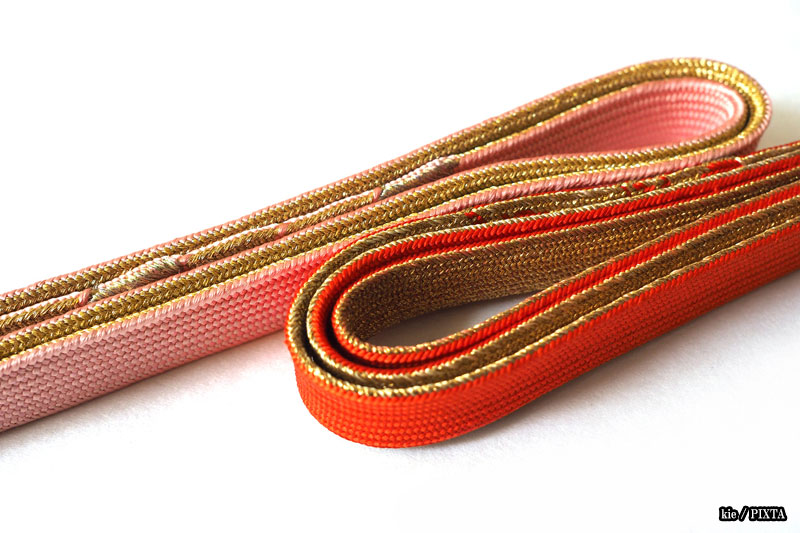
Photo for illustrative purposes
When wearing a kimono, the obi is the centerpiece of the outfit, but two important accessories—obiage and obijime—add both function and elegance to the look.
The obiage (obi decoration) is a silk or chiffon scarf-like fabric tucked into the top of the obi. It helps secure the obi-makura (a small pillow used to create decorative obi knots) and adds a touch of color or texture to the ensemble. Depending on the occasion, the obiage can be subtle and understated or vibrant and eye-catching.
The obijime is a decorative cord tied around the middle of the obi, helping to keep it in place while also adding a refined accent. It comes in various styles, from simple woven cords to intricate, beaded, or braided designs.
Both the obiage and obijime play an essential role in completing a kimono outfit, adding a final layer of sophistication and personality to the overall look.
Kanzashi: the art of hair ornaments
No kimono look is truly complete without the right hairstyle, and that’s where kanzashi (hair ornaments) come in. These beautiful hair ornaments have been worn by Japanese women for centuries, ranging from simple hairpins to elaborate decorative pieces.
Kanzashi can be made from lacquered wood, tortoiseshell, metal, or even silk flowers. The type of kanzashi worn often depends on the formality of the occasion. Some of the most common styles include:
- Tama kanzashi: A simple stick with a round, bead-like ornament on top.
- Bira-bira kanzashi: Featuring dangling metal strips that create a delicate, jingling sound.
- Kushi kanzashi: A comb-style ornament, often decorated with intricate carvings or inlays.
- Tsumami kanzashi: Made of folded silk petals to resemble flowers, commonly worn by maiko (apprentice geisha).
Today, kanzashi are a beautiful way to add an authentic touch to a kimono ensemble or even to modern hairstyles for a touch of traditional elegance.
Tabi and zōri: footwear matters
A kimono wouldn’t be complete without the right footwear. Traditional socks called tabi are worn to keep the feet clean and create a polished look. These socks have a split-toe design, which allows them to be worn with zori—flat sandals with a thong strap.
For a more relaxed, informal look (especially with yukata), wooden sandals called geta are worn, sometimes without socks. These sandals have a raised base, making that signature clip-clop sound as you walk.
While zōri (sandals) tend to be elegant and refined, geta are more casual and playful. Either way, wearing traditional footwear completes the kimono look.
Kinchaku: the elegant drawstring bag
A kimono may not have pockets, but that doesn’t mean you have to go without your essentials! Enter the kinchaku, a small, stylish drawstring bag traditionally used to carry personal items like a wallet, phone, or handkerchief.
Kinchaku bags come in a variety of fabrics, from silk and brocade for formal occasions to cotton or linen for casual outings. They are often seen at summer festivals, where they pair beautifully with yukata, but they can also complement more formal kimono styles when made with luxurious materials. Kimono for men also come with kinchaku, though their designs tend to be more understated compared to women’s styles. Men’s kinchaku are usually made of plain or subtly patterned fabrics in darker colors like black, navy, or brown. While kinchaku is less commonly seen with formal men’s kimono, it remains a stylish and useful accessory for casual wear.
Types of kimonos and when to wear them
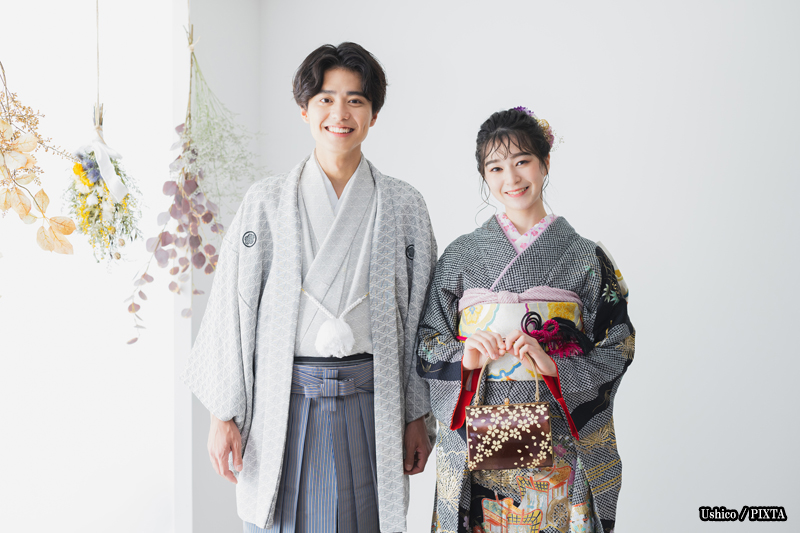
Photo for illustrative purposes
Now that you know the basic items and their use to dress up in a kimono, let’s look at some basic types of kimonos. Not all kimonos are the same! There are different styles suited for various occasions, ranging from casual outings to the most formal ceremonies. Here’s a quick guide to some of the most common types:
- Yukata: The most casual and lightweight kimono, usually made of cotton. It’s perfect for summer festivals, fireworks shows, and onsen visits. Unlike formal kimonos, yukata are often worn with simple obi and wooden geta sandals.
- Furisode: Recognizable by its long, flowing kimono sleeves, the furisode is the most formal kimono for young, unmarried women. Often worn for coming-of-age ceremonies, weddings, or formal parties, it’s brightly colored and highly decorative.
- Hōmongi: Meaning “visiting wear,” the houmongi is a semi-formal kimono worn by both married and unmarried women for tea ceremonies, parties, or receptions. The patterns flow seamlessly across the seams, creating a beautiful, continuous design.
- Komon: A casual kimono with small, repeating patterns all over the fabric. It’s a great everyday kimono that can be dressed up or down depending on the accessories.
- Montsuki: A formal black kimono for men with family crests, worn for formal events like weddings, funerals, and tea ceremonies. It’s often paired with hakama (trousers) for an extra refined look.
Each kimono tells a story—not just through its fabric and design, but also through the occasion it is worn for. Whether casual or formal, every type has its own charm and significance, making kimono-wearing a truly special experience.
Tips for renting and buying a kimono in Japan
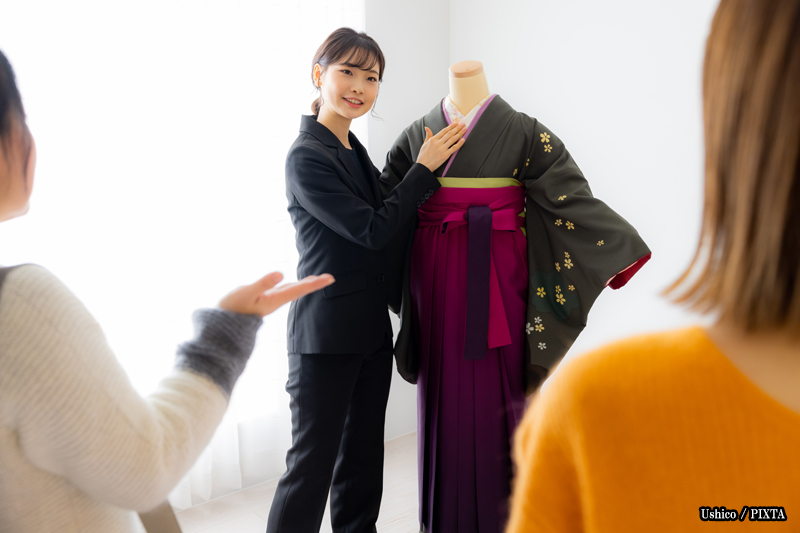
Photo for illustrative purposes
Ready to have a kimono experience in Japan? Renting a kimono is the easiest option for travelers, with rental shops in places like Kyoto and Asakusa offering full sets, accessories, and hairstyling. It’s perfect for a day of sightseeing and photos without the commitment of buying.
For those who want their own kimono, purchasing can be pricey, especially for silk pieces. However, second-hand stores and flea markets offer affordable options. Vintage shops in Kyoto and Tokyo are great places to find beautiful, pre-loved kimonos at a fraction of the cost. Whether you are renting or buying kimono, here are some tips to keep in mind:
- Choose the right type: Casual yukata are cheaper and easier to wear, while formal silk kimonos require more accessories.
- Check the fit: Kimono sizes are based on height and kimono sleeves length, so ensure it drapes well on your body.
- Mind the accessories: Obi, obijime, and zori sandals complete the look; check if they’re included in rentals or purchases.
- Ask for assistance: Dressing in a kimono can be tricky so don’t hesitate to ask for help. Rental shops and kimono sellers are often happy to help you put on your kimono.
- Be gentle with fabrics: Whether rented or bought, handle your kimono with care to avoid stains or damage.
Whether renting or buying, take your time to enjoy the experience—kimono culture and history is as much about tradition as it is about personal style. With these tips in mind, you’ll be ready to enjoy the beauty and tradition of wearing a kimono!
Wearing a kimono with confidence
The first time you put on a kimono, it might feel a little awkward. The layers, the obi, the way you move—it’s different from Western clothing, and that’s okay! With practice, you’ll get used to the flow of the fabric, the elegance of the silhouette, and the graceful way a kimono shapes your posture. What’s most important isn’t perfection—it’s appreciation. Wearing a kimono is about celebrating kimono culture but also personal expression. Whether you’re dressing up for a festival, a tea ceremony, a formal wedding ceremony, or simply for fun, enjoy the experience.
Because at the end of the day, wearing a kimono isn’t just about the clothes. It’s about stepping into something timeless, beautiful, and uniquely you.
